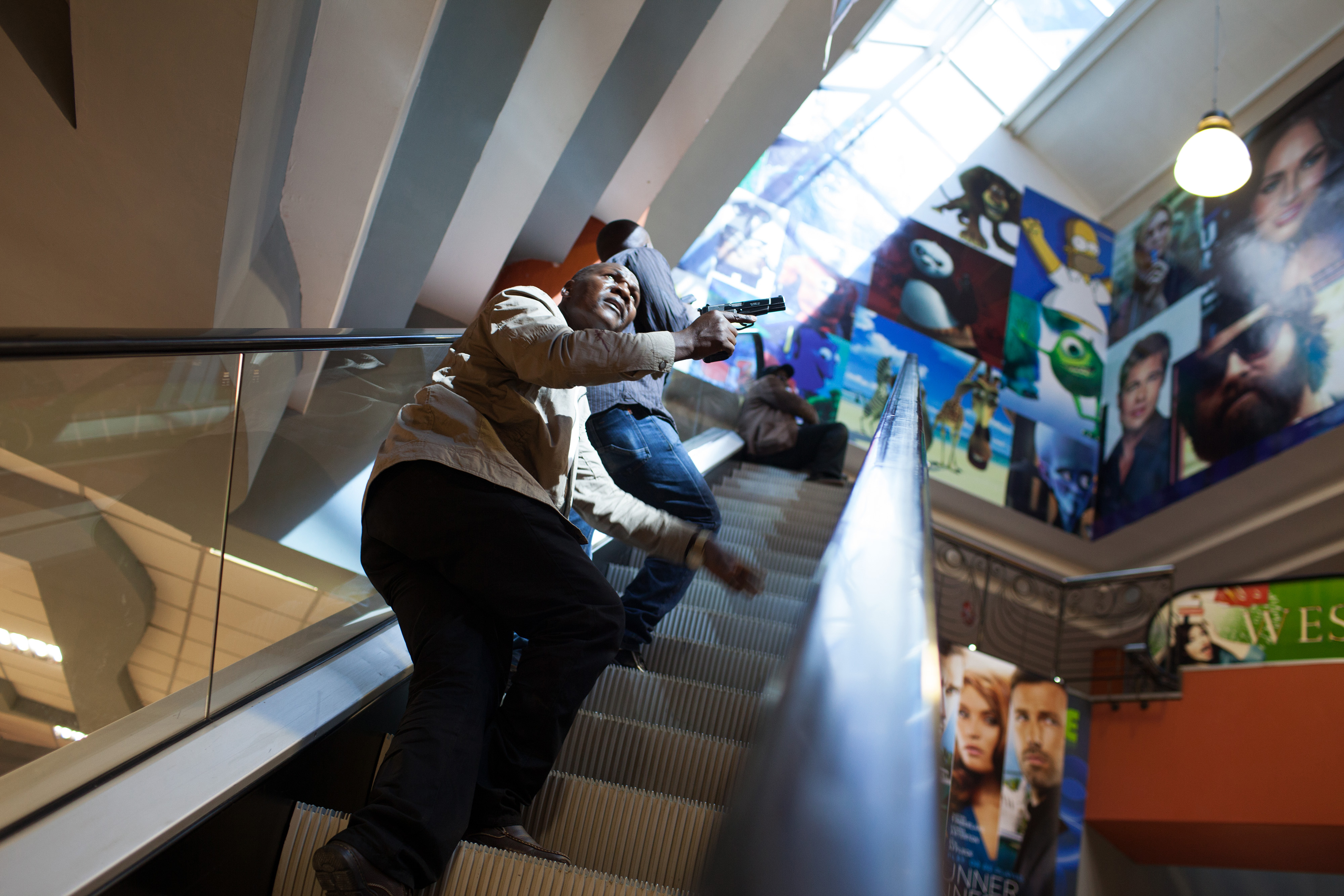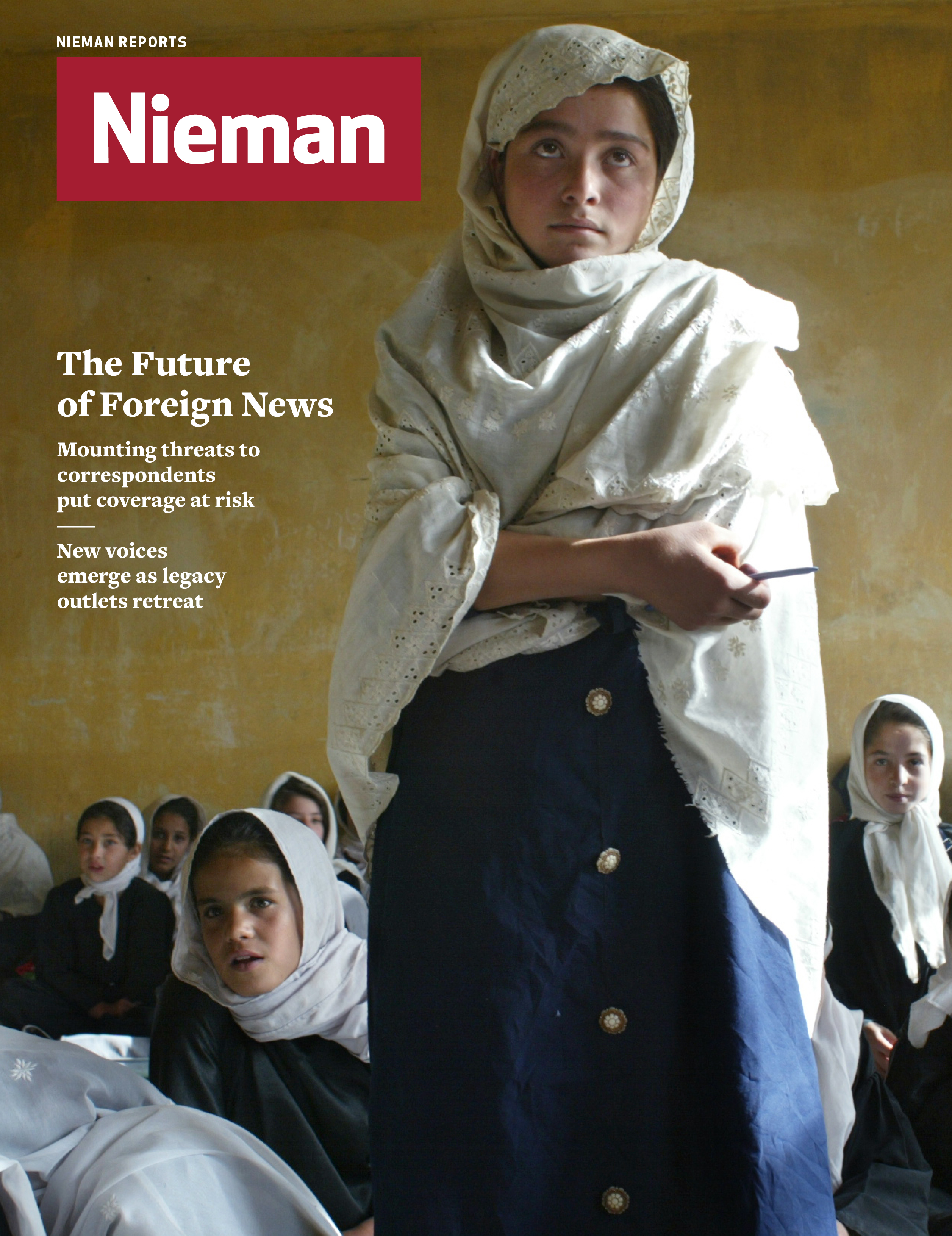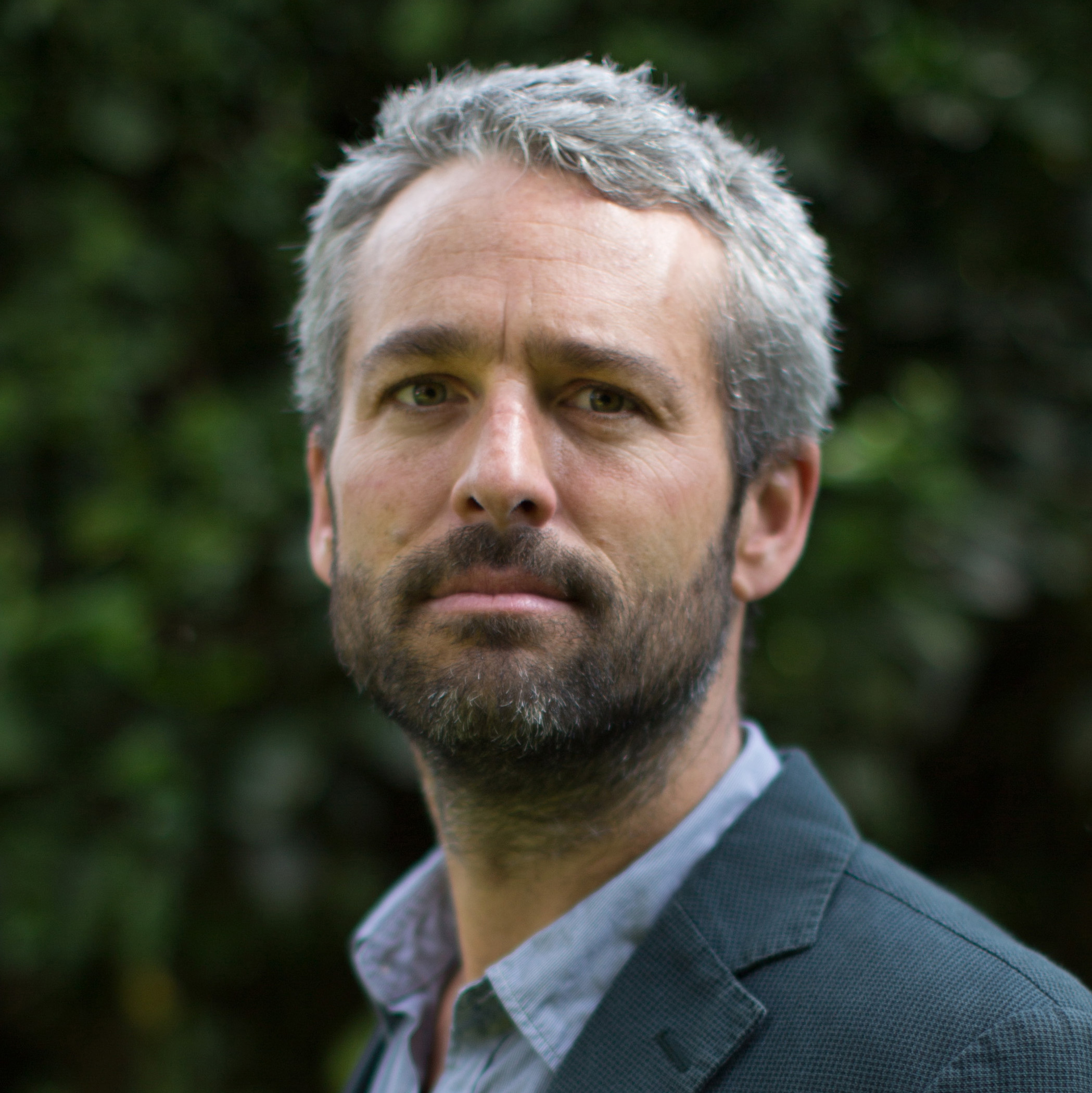
Access can be a matter of luck. Tyler Hicks happened to be nearby as terrorists struck a Nairobi mall in 2013
Ninety-five percent of my job is just to get to places, to read body language, to get past people who are trying to stop me from taking my pictures. The other five percent is once you realize you’re in that moment and you push the shutter on your camera and you start getting what you arrived for.
People ask me why I take the risks that I do to do this job. We take these risks because we want to validate what’s happening around the world. We hope that by being there to document it firsthand that it will bring truth and hopefully positive change.
One of the places that really allows you to gauge the type of risk that you take is Gaza. It’s a place that you can work with an enormous amount of freedom. It’s small. It doesn’t take very long to get to places. People are brave: the drivers, the translators. They’ve grown up with this. It really represents everything about what a photojournalist would hope as far as a place that you can cover and make decisions in the field as to how far you want to push it.
The way that Gaza permits us to make those decisions about risk—about when to run out onto the beach, about when to go out driving around at first light—that arena is getting smaller and smaller.
Libya started to transform the way we cover some of the darkest parts of the world. A lot of people decided it wasn’t worth the risk anymore. The organizations that sent us out there decided that they were not going to send us anymore, even people who wanted to go. You could really feel the noose tightening on our ability to work.
It’s really hard because these are important stories, in Syria, in Iraq and all throughout the region that ISIS now controls. We’ve watched helplessly as fellow journalists have been very publicly executed. This fear campaign has worked. It’s not only terrified the journalist population but an entire region of the world.
We have to ask ourselves, though, what we are accepting as news when we’re not able to go there. How can we accurately report on the ground without correspondents walking through that territory, collecting shell casings, studying blast patterns, having that amazing photographer‑correspondent team that creates such rich journalism? Do we rely solely on local contacts to do that? That can work. There are some amazing journalists there. But we’re not any longer deciding, “Do we go down this road or not?” or “Should we go to that hospital or not?” We’re deciding whether we go to entire regions or entire countries anymore.
I’ve never before seen the quality of the propaganda ISIS claims to be news. Some of these things, they’re like music videos. They reach a lot of people. I certainly have not seen anything like that from any other insurgent group before. But the big question is, what do you accept as real? What do you accept as news?
We have to be thankful to the people who have sacrificed their lives in these places. We have to remember that all of these people were taking a huge risk to bring information about other people, people they cared about strongly enough to risk their lives. I applaud them. I think about my friends who have died, or my friends who have been very badly injured, and I think they’d want me to keep doing this work. To stop is almost like, “That’s what I gave my life for? Now there’s going to be less information out there?” I feel like there should be more.
Tyler Hicks is a Pulitzer Prize-winning photographer for The New York Times. This essay is an edited excerpt from his Joe Alex Morris Jr. Memorial Lecture delivered on November 6 at the Nieman Foundation



